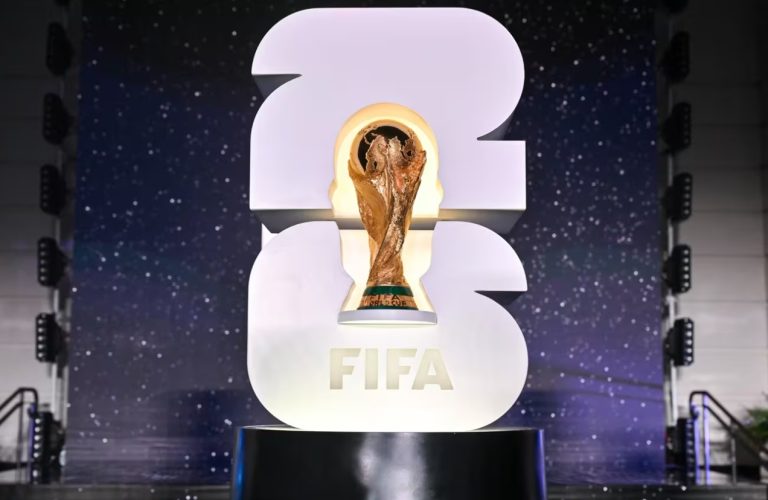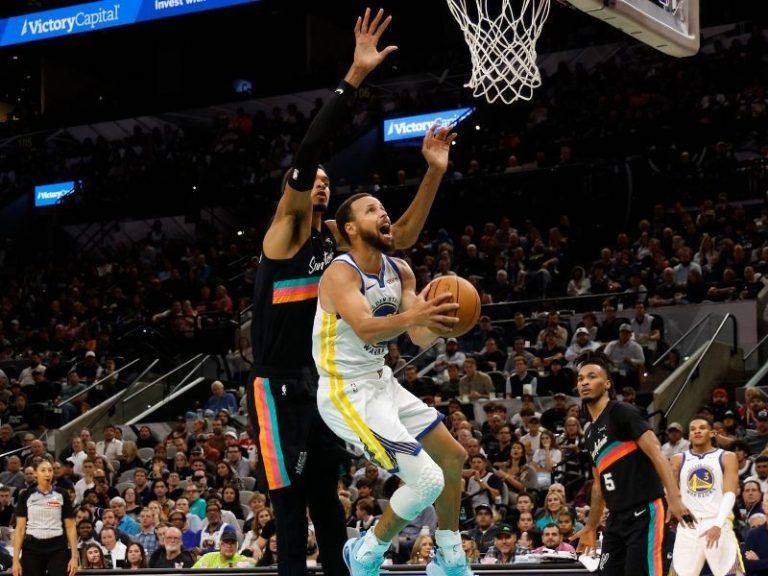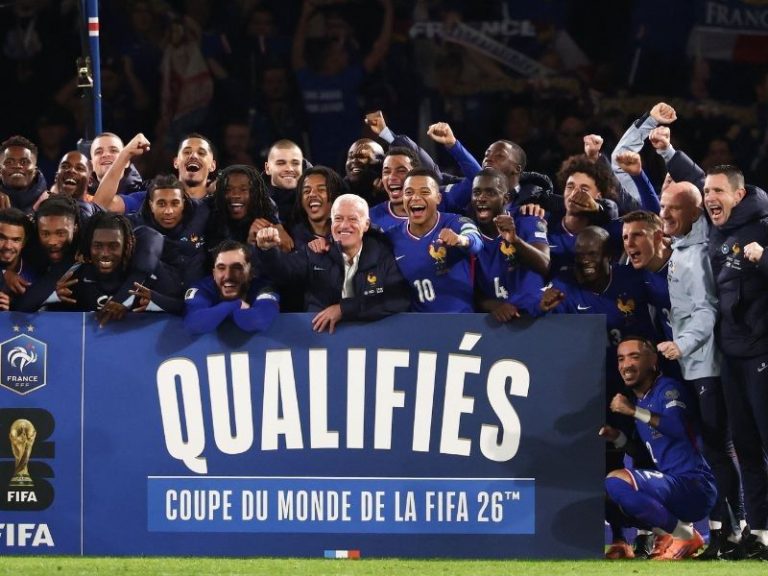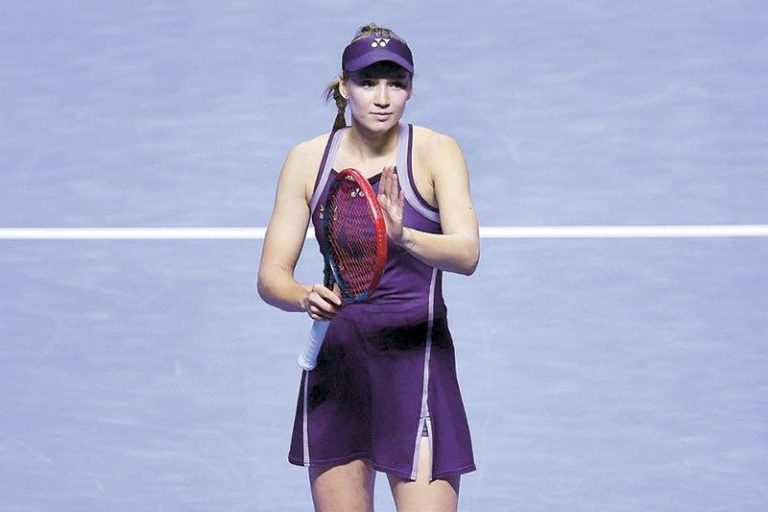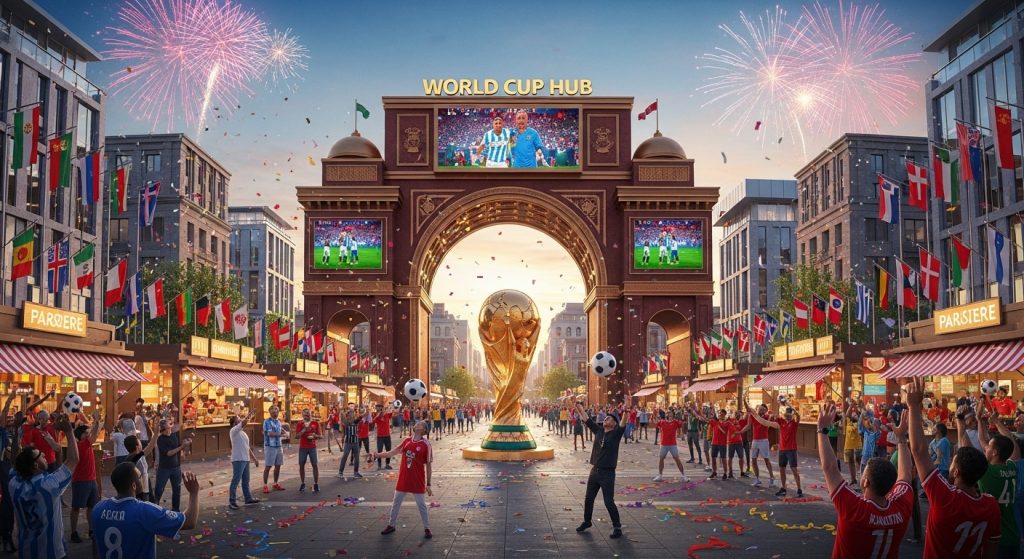
1. What is the FIFA World Cup
The FIFA World Cup is the global tournament of men’s national football teams, organized by FIFA, held every four years.
It is arguably the most significant single-sports event in terms of global viewership, cultural impact, and commercial opportunity.
2. Historical Context
- The first edition of the World Cup was in 1930.
- Over time the tournament has grown in size, reach, and importance.
- Next major edition: 2026, which will feature 48 teams and be co-hosted by the United States, Canada and Mexico.
- The change to 48 teams significantly expands the scope, meaning more matches, more markets, and more “hub” opportunities.
3. Why Call it a “Hub”?
Using “hub” in this context implies that the World Cup is:
- A central gathering point for fans globally, not just in the host countries.
- A platform for media, marketing, sponsorships, corporate activations, and global branding.
- A cultural focal point – connecting different regions, languages, viewers, communities.
- An analytics and business intelligence hub – data from matches, broadcast, social media all converge.
- A shared experience hub – stadiums, fan zones, viewing parties, official “fan hubs” (public spaces where fans gather) are increasingly part of the event.
4. Structure & Format (as of upcoming editions)
- Teams qualify via regional confederations and then compete in the final tournament hosted by one or (sometimes) multiple host nations.
- For 2026: 48 teams, 104 matches, across 16 cities in the three host nations.
- Matches include group stages and knockout rounds culminating in the final.
- The tournament generally runs over about one month, but in 2026 schedule may vary slightly.
5. Key Stakeholders & Opportunities
- Fans & supporters – travel, view parties, merchandise, digital engagement.
- Host cities & nations – tourism, infrastructure development, legacy projects.
- Broadcasters and media – large global audience, live streaming, rights, advertising.
- Sponsors & brands – alignment with high-visibility event, fan-engagement, licensing.
- Data & technology – live stats, performance analytics, social listening, fan behaviour.
- Local economies – hospitality, retail, transportation, job creation around matches and venues.
6. How to Use the World Cup Hub (for Business / Marketing / Fan Engagement)
Here are some ideas if you’re treating the World Cup as a “hub” in your strategy:
- Create a fan-zone or “hub” in your city: public viewing area, branded experiences, communal excitement.
- Digital hub: build a microsite or social media channel dedicated to your country’s performance, match-analysis, predictions.
- Content hub: produce regular updates, highlight reels, stats, player profiles tied to the tournament.
- Marketing/outreach hub: align product launches, sponsorship deals or campaigns with key matches or when your country plays.
- Data hub: gather and analyse metrics—fan sentiment, broadcast reach, social-media engagement tied to matches.
- Legacy hub: post-tournament, convert the momentum into ongoing engagement—football clinics, fan clubs, regional events.
7. Challenges & Considerations
- Time-zones: For global audiences, match times may be inconvenient depending on region.
- Cost: Travel, tickets, infrastructure for viewing hubs can be expensive.
- Saturation: With global media coverage, standing out requires creativity.
- Logistics & compliance: Especially for host nations – venue readiness, security, transport, accommodation.
- Data privacy and rights: When using data, streaming, fan analytics, must comply with regulations.
8. What’s Coming & What to Watch
- The 2026 edition will expand: 48 teams, more matches, bigger global footprint.
- More “fan hub” initiatives (public viewing zones, interactive experiences) are expected.
- Digital innovation: AI, augmented reality, immersive experiences tied to fan hubs.
- Brands will increasingly leverage the tournament’s “hub” nature to run global campaigns with local relevance.
- Post-event legacy: how host cities and nations turn the “hub” momentum into sustained benefits.
9. Summary
The FIFA World Cup hub concept is about turning one massive global tournament into a central node for fan culture, business opportunity, data aggregation, and cultural connection. Whether you’re a fan, brand manager, city planner or media person, understanding how to plug into that hub—and how to create sub-hubs around it—can open up major value.


